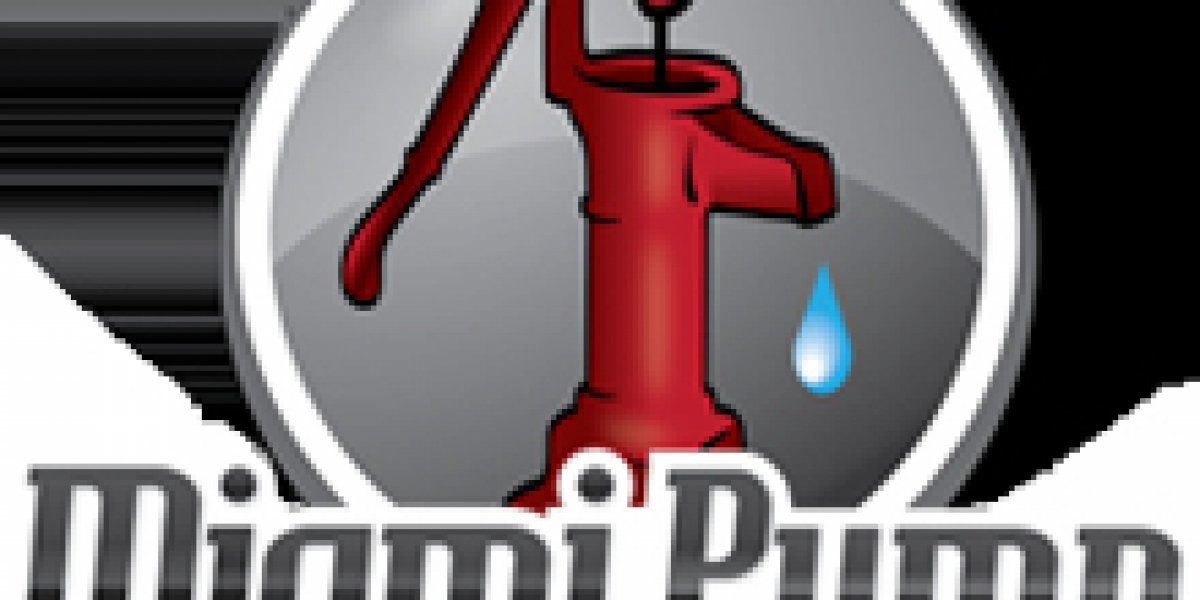A water pump motor is the heart of any water pumping system, driving the movement of water from one place to another. Whether it’s in your home, a farm, or an industrial facility, water pumps are essential tools for managing water distribution. They are used for a wide variety of applications, from supplying drinking water to irrigating crops, and their motors play a key role in ensuring the efficient operation of these systems.
In this blog, we’ll take a closer look at what a water pump is, how a water pump motor functions, and the many ways it is used across different industries.
What Is a Water Pump?
A water pump is a mechanical device designed to move water by using force. It can be powered by a variety of sources, including electric motors, gasoline engines, or even manual labor. The purpose of the water pump is to increase water pressure and direct it through piping systems to desired locations.
The main components of a water pump include:
- Motor: Converts electrical or mechanical energy into the mechanical force needed to move water.
- Impeller: A rotating component that pushes water through the pump.
- Inlet and Outlet Valves: These control the flow of water into and out of the pump.
The most common type of water pump is the centrifugal pump, which uses rotational energy to move water. Other types include positive displacement pumps, which trap a fixed amount of water and force it through the system, and submersible pumps, which are designed to work while submerged in water.
How Does a Water Pump Motor Work?
At the core of every water pump is its motor. The water pump motor is responsible for converting electrical energy into mechanical energy, which powers the movement of water. Here’s a step-by-step breakdown of how it works:
- Electrical Current: The motor receives an electrical current (either AC or DC, depending on the type of motor), which powers its internal components.
- Rotation of the Shaft: The electrical energy causes the motor’s shaft to rotate. This rotating shaft is connected to the pump's impeller, which is the part that actually moves the water.
- Water Movement: As the impeller spins, it creates centrifugal force that pulls water into the pump and pushes it out through the outlet valve. This movement of water can be directed to irrigation systems, plumbing networks, or other water delivery points.
Types of Water Pumps
There are several types of water pumps, each designed for specific tasks. Some of the most commonly used include:
- Centrifugal Pumps
These pumps use a rotating impeller to move water. They are typically used in applications where water needs to be moved from one place to another at a steady rate, such as in residential plumbing systems or irrigation.
- Submersible Pumps
As the name suggests, these pumps are designed to be submerged in water. They are commonly used in wells or for draining flooded areas. Submersible pumps rely on a powerful water pump motor that is encased in a watertight housing, protecting it from damage.
- Jet Pumps
Jet pumps are often used to pull water from a well. These pumps use a combination of suction and pressure to draw water up from the ground and push it into the plumbing system.
- Diaphragm Pumps
These positive displacement pumps are ideal for applications where precision is needed, such as in chemical processing or wastewater treatment. Diaphragm pumps are driven by a water pump motor that pushes water through a flexible diaphragm, ensuring a consistent flow.
Common Uses of Water Pumps
Water pumps are incredibly versatile and are used in various industries and settings. Here are some of the most common uses:
- Residential Water Supply
Water pumps are essential in homes that rely on wells for their water supply. A water pump motor powers submersible or jet pumps that draw water from underground and deliver it to faucets, showers, and appliances.
- Irrigation in Agriculture
In farming, water pumps are used to deliver water to crops. These pumps are usually powered by electric or diesel motors and can handle large volumes of water. Water pump motors in agricultural irrigation systems must be durable and capable of running for long periods without interruption.
- Industrial Water Management
In industrial settings, water pumps are used for cooling systems, chemical processing, and even managing wastewater. These pumps often need high-powered water pump motors that can handle large volumes of water and operate under demanding conditions.
- Flood Control
Water pumps are also essential for flood management, especially in flood-prone areas. They help remove excess water from basements, streets, and fields, preventing damage to property and infrastructure.
- Construction Sites
On construction sites, water pumps are used for dewatering, or removing water from trenches, foundations, and other areas. They help keep the work area dry and safe.
- Municipal Water Systems
Cities and towns rely on powerful water pumps to supply water to their residents and businesses. These pumps are often part of a larger network, working together to ensure a reliable and consistent water supply.
Choosing the Right Water Pump Motor
Selecting the right water pump motor is essential to ensure efficiency and reliability. Here are a few factors to consider:
- Power Requirements
The power of the motor is a key consideration when choosing a water pump. Motors with higher horsepower are needed for larger tasks, such as irrigation or industrial use, while smaller pumps may only require a fraction of that power for household use.
- Durability
Water pumps often operate in harsh conditions, such as wet or dirty environments. It’s important to select a motor that is made from corrosion-resistant materials like stainless steel, and one that is capable of withstanding the demands of the job.
- Efficiency
Energy-efficient motors can help reduce operating costs, especially in applications where the pump runs for extended periods. Look for water pump motors that are designed to minimize energy consumption without sacrificing performance.
- Type of Pump
The motor you choose should be compatible with the type of pump you’re using. For example, submersible pumps require sealed motors, while centrifugal pumps can use more traditional motor types.
Maintenance Tips for Water Pump Motors
To ensure your water pump motor performs at its best for years, regular maintenance is essential. Here are a few tips to keep your pump motor in top condition:
- Inspect for Wear: Check the motor regularly for signs of wear, such as overheating, unusual noise, or corrosion.
- Lubricate Moving Parts: Proper lubrication will help reduce friction and prevent damage to the motor.
- Keep It Clean: Dirt, dust, and debris can clog the motor’s air vents, leading to overheating. Make sure the motor is clean and well-ventilated.
- Electrical Checks: Ensure that the motor’s electrical connections are secure and functioning properly.
Conclusion
Water pumps are a critical part of water management in many industries, and their motors are key to their functionality. A water pump motor ensures that water flows smoothly and efficiently, whether you’re irrigating crops, supplying water to your home, or managing a municipal water system. By choosing the right water pump motor for your needs and keeping it properly maintained, you can enjoy reliable performance for years to come.
Whether you’re in need of a pump for residential use, agricultural purposes, or industrial water management, investing in a high-quality water pump motor is essential for the long-term success of your system.









